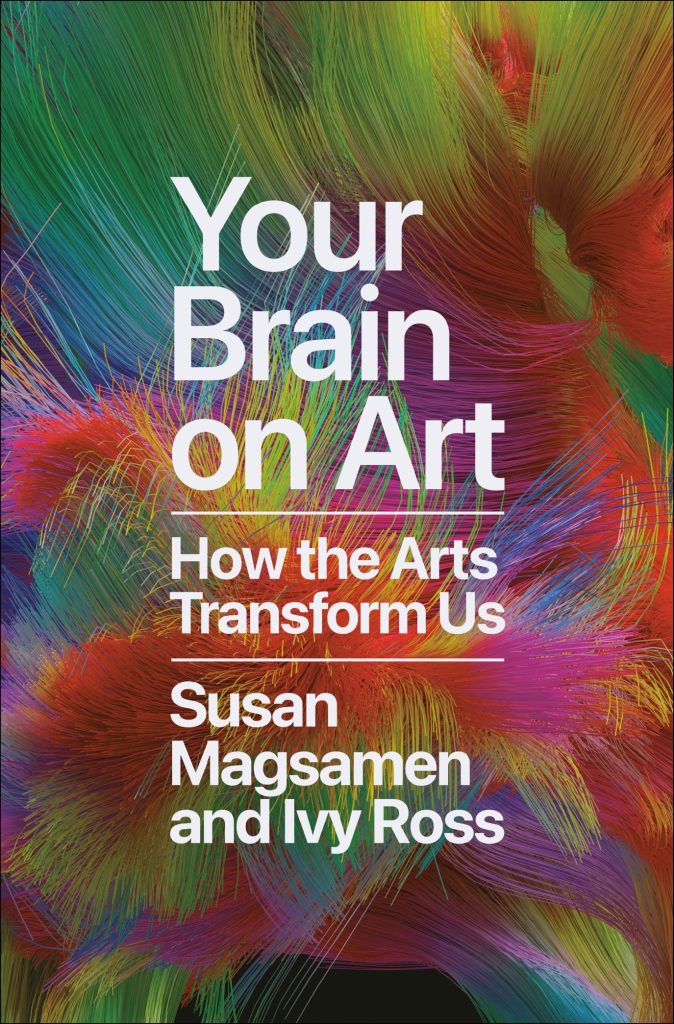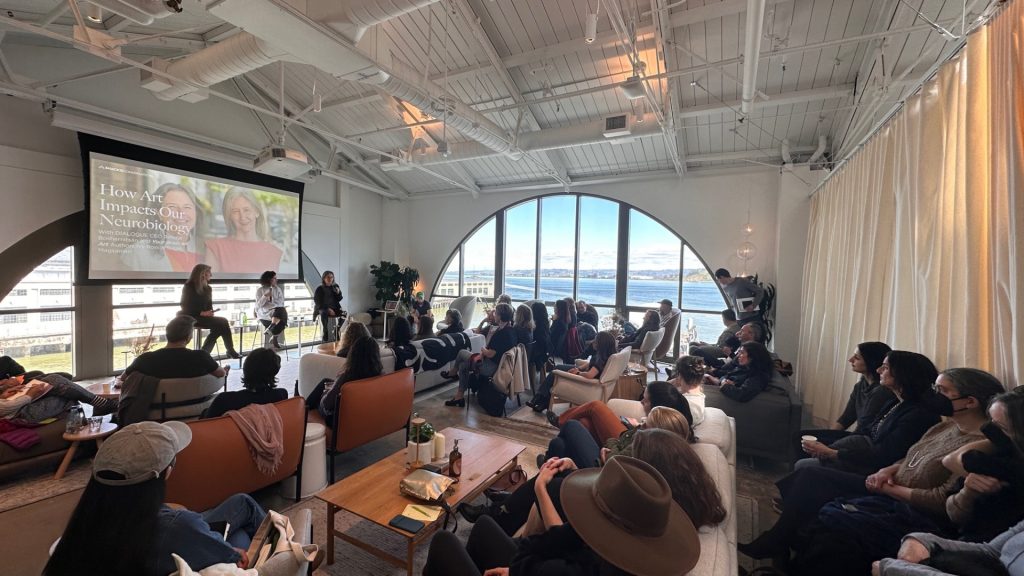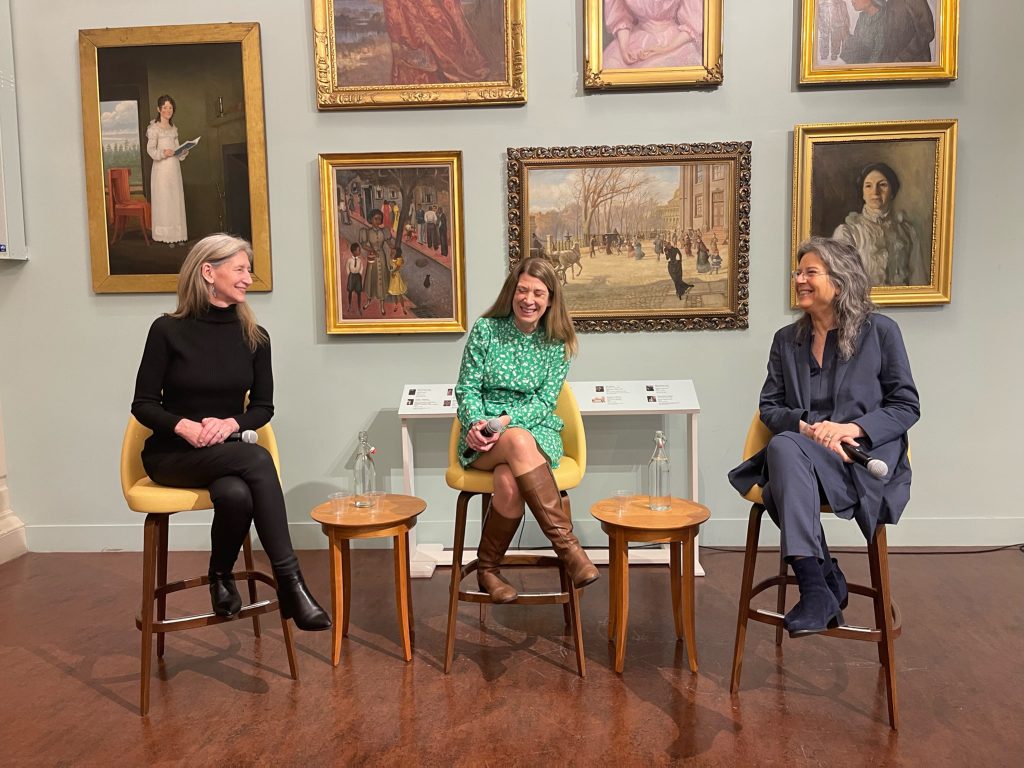The Transformative Insight of “Your Brain on Art” by Susan Magsamen and Ivy Ross
This new book provides an immersion into neuroaesthetics and the relationship between art, health and the human experience

Every so often, voracious readers will consume a book brimming with ideas that they believe could change the world if more people simply picked up a copy. Such is the case with Your Brain on Art: How The Arts Transform Us, recently released by Penguin Random House and already a New York Times best seller. Inside this meticulously researched, eye-opening and engaging study, Ivy Ross (vice president of design for hardware products at Google) and Susan Magsamen (founder and director of the International Arts + Mind Lab at Johns Hopkins University School of Medicine) use insight gathered from 100 interviews to highlight the tangible influence of art on the human experience, our general wellbeing, and the brain’s ability to acquire information.

Throughout the book’s pages, Magsamen and Ross direct their attention toward the neuroaesthetics of various art forms while also casting unexpected attributes—like awe and humor—through the lens of art. They address our innate hunger for the arts in contrast to the fact that we often need societal permission. They broach the immediacy and affordability of artistic expression while explaining the surprising nuance of it all (for instance, poetry is processed in the same part of our brain as music). Altogether, they affix practical, scientific research to the sensations we feel when we embrace art and what’s happening to our processing structures.

Your Brain on Art debuted in NYC at The Rubin Museum of Art, in conjunction with a thought-provoking talk. It was here that Magsamen and Ross shed further light upon their pages. Early on in the book, the co-authors encourage readers to take a simple “aesthetic mindset index” test (which can also be done on their interactive website). Originally developed at the Max Planck Institute, the aesthetic mindset concept explores four core tenants that help individuals understand their relationship to art—as a maker or beholder.
“One is curiosity. The second is playful exploration. Do you mess around with stuff? Do you have open-ended exploration without any kind of expectation? Then, are you conscious of the sensory world around you? Do you wake up in the morning and see the light? Do you smell the coffee? And, also, how do you really feel those sensory systems around you—and what’s your capacity or interest in making or beholding?” Magsamen probes during the book release.

Ross and Magsamen use this application to oneself in order to apply these ideas to society. “We’ve made the arts a ‘nice-to-have’—a luxury. We’ve rarefied them. We’ve commoditized them and it’s left so many of us who aren’t gifted or talented without a way to find meaning and purpose, and I think to really heal,” she continues. In the book, the authors present evidence supporting what the world would be like if arts were used in healthcare and to alleviate suffering.
“We’re born with 100 billion neurons. We’re put into this world ready to take it in,” Magsamen says. “And we bring the world in through our senses. So touch, smell, taste, sound, all of those senses—we think there are actually more than 50 senses that we’re learning about now. Those sensory systems ignite our neurons, those 100 billion neurons, and they create what’s called synaptic connections. Synaptic transmission is really another way to say these neurons connect to each other on a cellular level, and they create neural pathways and those neural pathways go through your entire brain to connect all of the different systems and circuits and they really help us learn, grow and move. All of our emotions are there because of these neural pathways.”

They posit that dancing for 15 minutes or engaging in an art project for 45 minutes per day, regardless of skill, can be emotionally influential. (Gardening and convening with nature are also considered acts of artistic expression). They speak about designing and living in enriched architectural environments filled with novelty and surprise, rather than structures built for efficiency. And they touch upon the scientific endeavors today that find doctors exploring the way sound and music can influence people with Alzheimer’s. The information found in Your Brain on Art acts as a motivator and, in many ways, it’s the key to open a path into greater cultural and educational change.
Images courtesy of Ivy Ross












